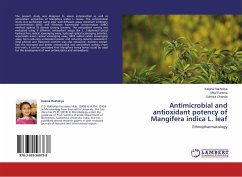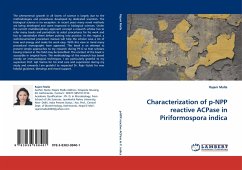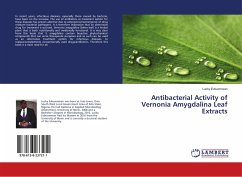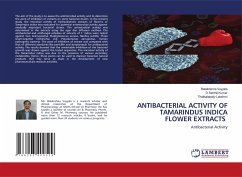The present study was designed to assess antimicrobial as well as antioxidant properties of Mangifera indica L. leaves. The antimicrobial study was performed using agar well diffusion assay, minimum inhibitory concentrations (MIC) and minimum bactericidal concentration (MBC) method against 25 disease causing bacteria. The antioxidant activity was evaluated using 6 different antioxidant assays like 2, 2-diphenyl-1-picryl hydrazyl free radical scavenging assay, hydroxyl radical scavenging activities, superoxide anion radical scavenging assay, ABTS radical cation scavenging assay, ferric-reducing antioxidant power and reducing capacity assessment. Total phenol and flavonoid content was also measured. Acetone extract had the strongest and better antimicrobial and antioxidant activity. From this work, it can be concluded that Mangifera indica leaves could be used for the development of new antimicrobics and antioxidants.
Bitte wählen Sie Ihr Anliegen aus.
Rechnungen
Retourenschein anfordern
Bestellstatus
Storno








